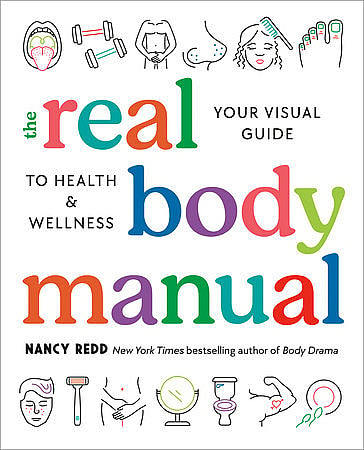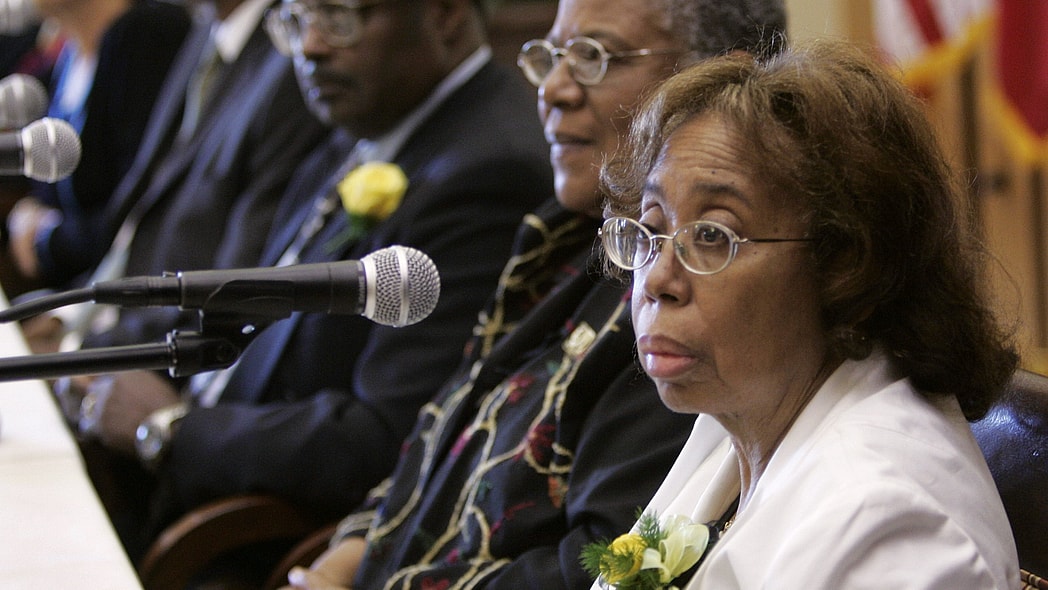We may think of our children as our forever babies, but their bodies don’t always tell the same story.
Research shows that more Black children are experiencing the changes and challenges of puberty, earlier than other racial groups. For example, a 2024 report from Harvard’s T.H. Chan School of Public Health says Black girls from lower socioeconomic statuses are starting their periods before the average age. A 2012 study noted an earlier onset of puberty for boys in the U.S., with Black boys reaching puberty earlier than other groups.
“Puberty is starting earlier and lasting longer,” says bestselling author Nancy Redd in an interview with theGrio. “We must prepare kids for these changes with accurate information, allowing them to understand and embrace their bodies without shame.”
This is why Redd is publishing her latest book, “The Real Body Manual,” designed to ease conversations about puberty. Known for her groundbreaking work in body literacy, Redd’s new book tackles the complexities of puberty with cultural sensitivity, providing a photographic guide to the body that includes medically accurate information.
Addressing early puberty in Black girls
One of the critical issues Redd discusses is the phenomenon of Black girls, in particular, experiencing puberty earlier than in previous generations. Factors like diet, stress, and possible epigenetic influences are often cited, but there is no clear singular cause. Redd emphasizes that regardless of why this trend is occurring, it underscores the need for early and honest discussions about body changes.
Redd, a Harvard graduate, mother of two, and former Miss Virginia pageant winner who grew up in the state, says it’s important to understand the nuances of “body talk” within African-American families. Many households may carry generational discomfort around discussing body changes, often due to past traumas or cultural taboos. Redd believes breaking these silences is vital.

“My mom, bless her heart, she is the most prim and proper Southern woman on the face of the planet. She is just lovely. She was very nervous [about the book],” Redd explains, noting that her choice to include photographs in the manual was about providing medically sound visuals to explain everything from STDs to growing pains. The book includes multicultural photographs that show how body conditions manifest differently on various skin tones, making it more relatable and accessible for Black youth.
“It’s body knowledge —and unfortunately, we’ve gotten mixed up sex and body education,” Redd tells theGrio. “We have to bring back body education. We have to bring back health literacy, especially in our community. When we’re ravaged with autoimmune diseases, we’re ravaged with all kinds of things that are preventable and treatable. And some of it comes from just being afraid to talk about it.”
How parents can cope with puberty transitions
For parents grappling with the idea of their children growing up, Redd offers a simple message: knowledge is power. While it may not ease the emotional impact of seeing a child mature, there is pride in witnessing their growth. She encourages parents to educate themselves alongside their children, noting that her book is meant to be read by both parents and youth.

In addition to body education, Redd stresses the importance of supporting children’s friends and broader peer groups. “It takes a village to ensure all children have a healthy journey,” Redd tells theGrio, urging families to not only embrace but actively advocate for open dialogue around puberty, even when it feels uncomfortable.
How to talk about puberty with your kids
- Start early: Begin conversations as soon as children start showing curiosity about their bodies. Use age-appropriate language.
- Use correct terminology: Terms like “vagina,” “penis,” and “breasts” should be normalized from the start. This helps remove stigma and fosters a healthier understanding. You don’t have to use cutesy nicknames to talk about body parts or speak about them with shame.
- Be honest: Share information about what changes to expect and when to consult a doctor.
- Create an open space: Encourage children to ask questions freely, without fear of judgment.
“Knowledge is power and it’s not going to make it any easier for your heart to realize that your kids are turning into themselves,” Redd tells theGrio. “But it can make you prouder. This generation is so fortunate to have the confidence to be exactly who they are. And they deserve families that support this journey.”
Redd’s The Real Body Manual will be released on October 22nd through Penguin Random House and is available wherever books are sold.










